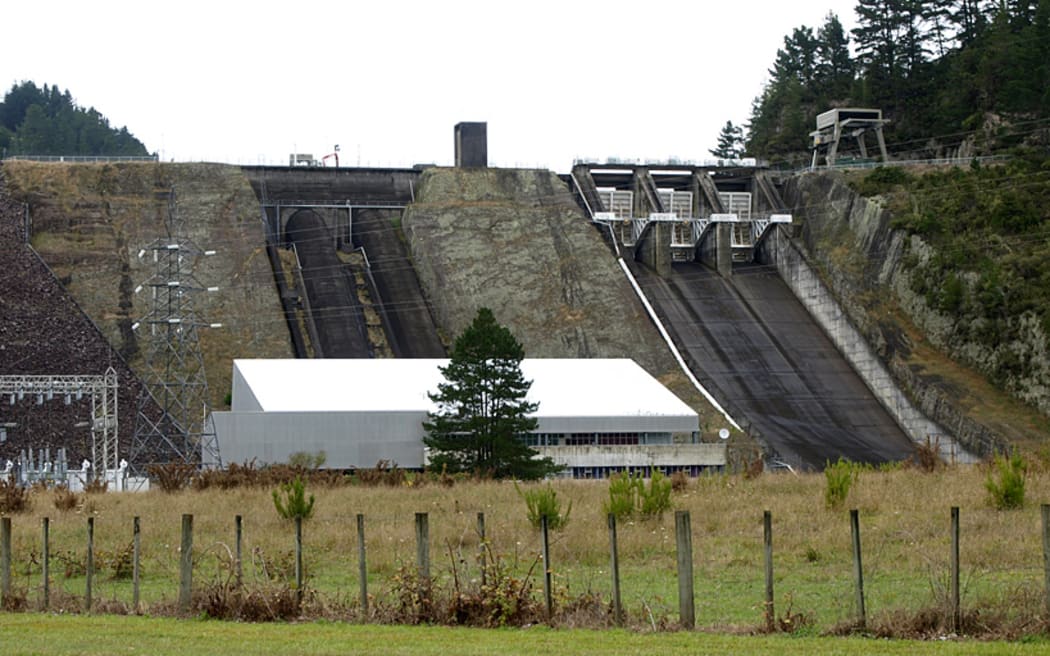
Matahina Power Station is among Manawa Energy’s generation schemes.
Photo: Wikipedia / Ulrich Lange, Dunedin
The power generator Manawa Energy has reported a strong full year net profit, boosted by the sale of its Trustpower retail business to rival Mercury.
Key numbers for the year ended March compared to a year ago:
- Net profit $444m vs $119.8m up 271% (includes $342.1m gain on sale to Mercury)
- Revenue $490.8 vs $1.02b down 59%
- Net profit from continuing operations $101.2m vs $108.1m
- Underlying profit $140m vs $204m down 31%
- Final dividend of 8.5 cents vs 16 cents per share and a special dividend of 35 cps
Chief executive David Prentice said the period was initially focused on relaunching the company as Manawa Energy, following the sale of its retail business to focus solely on generation.
Prentice said important milestones were achieved across the new developments pipeline and the ongoing asset enhancement programme.
“We are on track to double the amount of electricity we generate by 2030,” he said, adding the company was also advancing the development of Manawa’s 28-megawatt solar farm adjacent to the Argyle power station, as part of its Branch River hydro scheme in Marlborough.
“We anticipate this project will, if pursued, deliver enough electricity to power around 8000 average Kiwi homes.
“If it proceeds, we estimate the solar farm will cost around $55 million to $60m to construct and we hope it will be up and running by 2026.”
Prentice said the company’s total underlying profit was in line with its recent guidance, though the first six months of the financial year had been a challenge.
“Initially in the first quarter we were navigating low hydro flows and high prices, and then in the second quarter it was strong hydro flows and low prices.
“Things settled down in the second half of the year, and the final quarter of the year finished particularly strongly with solid wholesale prices and strong generation volumes.”
Prentice said the current financial year was tracking to expectations, with underlying profit expected to be in a range of $120m to $140m.
Manawa had been somewhat insulated to the high inflationary environment, with revenue streams mostly linked to wholesale pricing or inflation-indexed contracts, he said.
However, Prentice said cost inflation had affected returns on new development projects, though were expected to be largely offset by projected increases in future wholesale electricity prices.
The company’s capital expenditure programme over the next three years was going to be significant, in the range of $65m-$80m, he said.
“We’re committed to investing wisely in asset enhancements and upgrades, dam safety, and moving towards the execution phase of our new development pipeline.”
